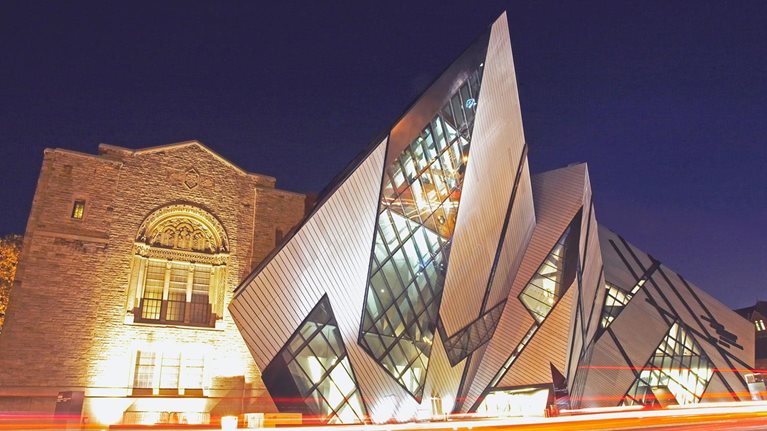Climate change is causing unprecedented environmental challenges around the globe: infrastructure owners must rethink where and how they build assets, while also balancing tectonic shifts in many long-held and proven business models. Migration and urbanization are generating tectonic shifts in our urban environments. And technology is altering not only the way we work but also the skills required to succeed and even consumers’ demands—especially as automation gains speed. On October 2–3, 2019, the Global Infrastructure Initiative convened more than 80 leaders across the energy, infrastructure, and mobility sectors at Building Change, a roundtable in San Francisco.
The roundtable benefitted from the perspectives of traditional infrastructure and energy players as well as mobility and tech companies, investors, and public-sector leaders. In the process of exchanging ideas, insights and innovative practices emerged across environmental, technological, and workforce disruptions.
- Act now and act aggressively to keep the planet at 1.5 degrees. Human nature is to innovate and solve problems. Technical solutions are scaling at unexpected paces. Importantly, investors and customers are demanding action, and corporations are listening.
- Redefine risk. Change isn’t risky; ignoring change is. Those that win disruptive times will take leaps of faith, act and fail fast, and pursue business models that allow them to constantly learn and innovate. Many participants pointed to agile ways of working as critical for the future.
- Cultivate a diversity of perspectives to overcome the complexities of today. This means diversifying leadership. It means creating a culture that truly solicits and takes feedback from the field. It means bringing stakeholders from across sectors to the table and listening to one another. It means adopting a mindset of abundance.
- Explore multiple actions to decarbonize mobility. We need to electrify as many modes as possible, but keep in mind that new modalities of transportation with smaller, lighter vehicles could be just as important.
- Identify specific leadership attributes that will help navigate complexity. Case examples show that leaders are most successful when they do not try to fit disruption into their current model; they create new models and are nimble and fluid with their approach. Leaders need to learn to balance speedy decision making and the desire to assess all risk. Importantly, many executives are not naturally wired with the skills needed to overcome this complexity, and strengths such as empathy and creativity are becoming increasingly important. These qualities are statistically more prominent in women.
- Rethink what people are capable of. As new technologies emerge and workers are displaced by automation, the public and private sectors should partner to re-skill the workforce and design more flexible ways of working.
- Embrace technology’s dual nature as a disruptor and an enabler. It can allow more space and time for more creative tasks. It facilitates collaboration, breaks down siloes and allows for real-time decision making. Technological advances will be critical to meet decarbonization targets.
Please look for an elaborative discussion of these themes in our upcoming December 2019 issue of Voices.


